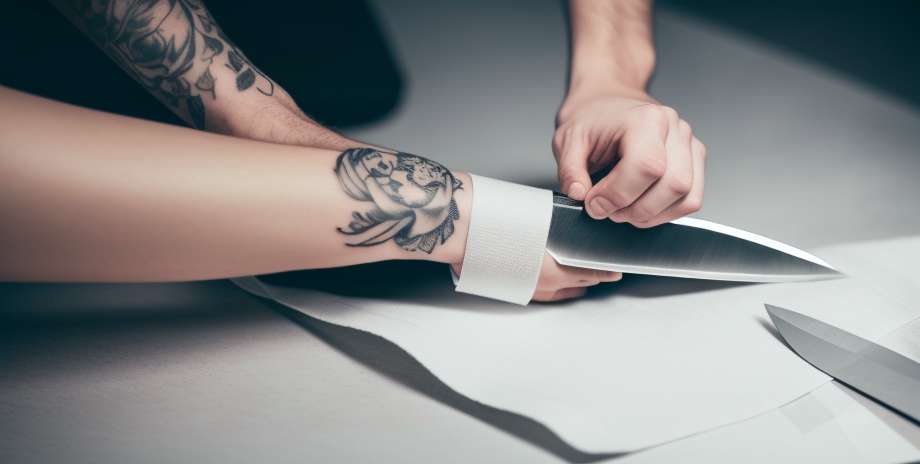Small actions!
April 2024

It is claimed that half of the people who practice daily a sport , sooner or later, suffers from a sprain . When a joint is forced to move in an unnatural position , there is an injury to the ligaments, which are the strong and flexible fibers that support the bones. The most common sprains are the doll and the ankle and they happen when we "twist" and the ligaments that are around them stretch too much or break. A sprain causes pain and swelling in the affected joint or muscle; bruising or bleeding may appear inside the skin, as well as joint stiffness.
What to do in case of a sprain
The first and most recommended is apply ice immediately to help reduce the inflammation (Be careful: never apply ice directly on the skin because it can burn it, wrap it in a cloth or piece of cloth)
Avoid manipulating or moving the affected area . To do this, a firm but not tight elastic bandage should be placed over the injured area. If necessary, use a splint
Keep the inflamed joint elevated above the level of the heart, even at night. Leave the joint at rest for several days
It must not apply pressure to the area affected until the pain is gone (usually 7 to 10 days for minor sprains and 3 to 5 weeks for severe sprains). Sometimes the use of crutches for walking is advised. One week after the injury, it is advisable to start the rehabilitation to gain new movement and strength in the joint
Go immediately to the doctor If you suspect a fracture, the joint looks deformed or there is a serious injury or severe pain. If you hear a sound similar to a click in the injured area and you perceive an immediate difficulty when using the joint. Consult the specialist if the swelling does not go away in two days and signs of infection appear, that is, when the area becomes redder, feels hot, hurts more, or develops a fever above 37.7 degrees. Also be very careful if the pain does not go away after several weeks.